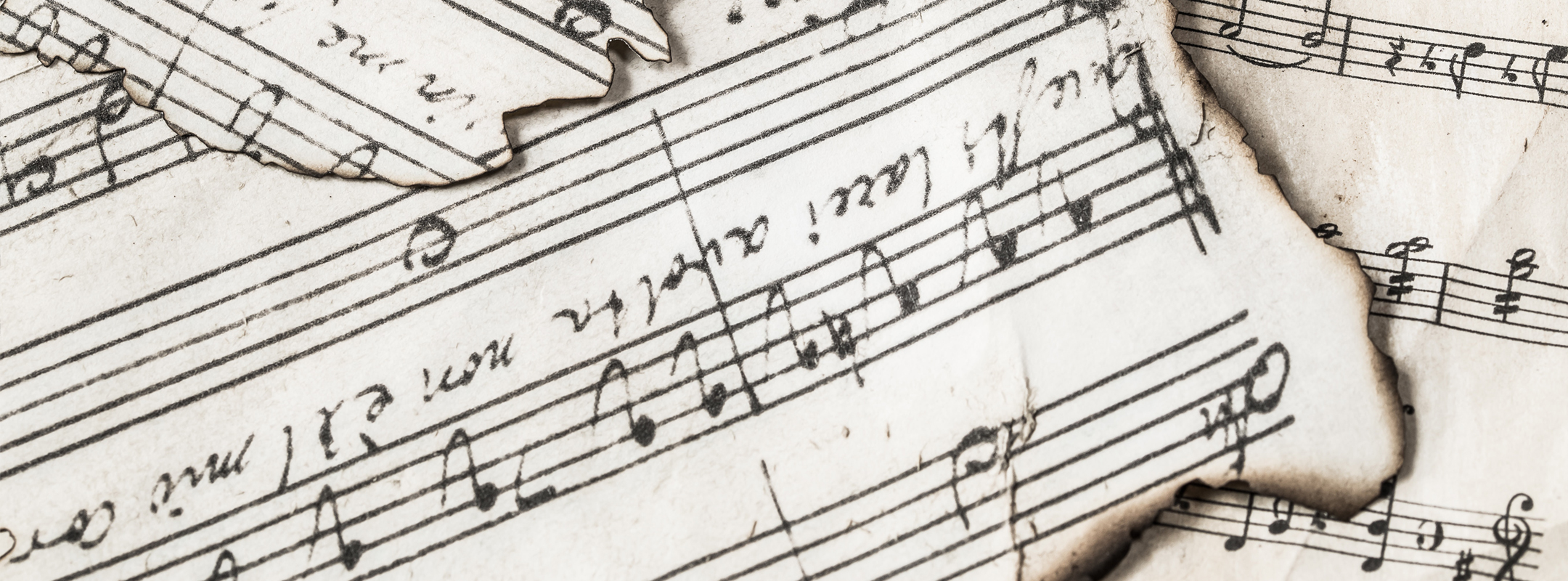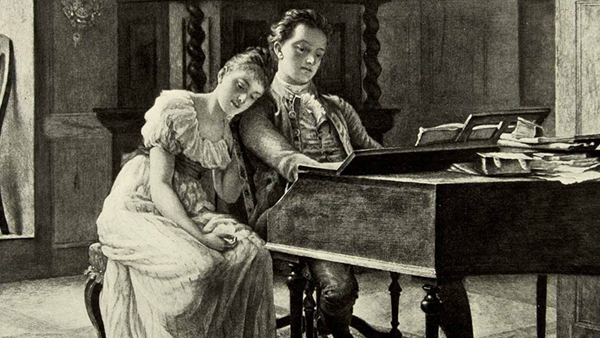
Communications Manager
FAKE NEWS. All of it. Can't believe a single thing we read nowadays. It seems even classical music isn’t spared this campaign of misinformation, but perhaps of a slightly more innocent nature than those of dubious hair. Below we explore the world of misattribution in composition: A tale of red-faced composers in presence of royalty, handwritten manuscripts tweaked by an arrogant youth, and a trickery of identity even fooling the great Stravinsky.
We begin with the Mendelssohns. Fanny, the older sister of Felix, was a child prodigy much like her brother. However, she had the rotten luck of being born a woman in the 19th century. As talented as she was, it was never to be in her father’s eyes. When Fanny was 14 she played the complete Bach Prelude and Fugues for her father’s birthday. As thrilled as he was with this feat of virtuosity, she was greeted with the muted response, “Very nice, dear, but don’t forget you’re a girl, so you can forget about taking this stuff up publicly.” Thankfully her brother was more understanding and even snuck some of her pieces into his publications, although of course under his name. This led to one such famous incident whereupon during a visit to England in 1842, Felix was welcomed by the adoring Queen Victoria singing her favourite song from his 12 Gesänge Op.8. As Vicky closed the final cadence of No.3 ‘Italien’ from the collection Felix grew so wrapped with guilt that he had to confess that this number was indeed one of three in the cycle composed by none other than his dear sister Fanny. The highest of praise. But, sadly still not enough to propel her into the male-dominated world of the working composer. She has, however, received a revival in recent years with a lost piece being discovered only last year! You can hear Southbank Sinfonia perform her elegant Overture alongside her brother’s Symphony No.1 in our Free Rush Hour Concert.

Fanny and Felix Mendelssohn from a painting by R.Pötzelberger
The blissful confidence of youth is a glorious thing, if rather irritating at times. A fine musical example can perhaps be found in a juvenile Mozart. Or this, at least, is the image portrayed in Peter Shaffer’s play Amadeus, recently brought to life at the National Theatre. A young Mozart was in London with his father, doing the rounds of the European capitals, embracing their culture and presenting his talents as a performer of only eight. It was this time that he began to compose and in the process of studying would take handwritten transcriptions of popular works. It was one symphony of Carl Friedrich Abel that took his interest. Abel was in London as a chamber musician to Queen Charlotte, alongside which he put on concerts of his own compositions to some acclaim. Mozart got his hands on a score and not only copied it across but was of such assurance that he ended up swapping out the oboes for his own clarinet parts. When the manuscript was found many years later, it was assumed (due to it being in his own hand) that this was an original early composition and was published under the title Symphony No.3 in Eb major. Only when compared with Abel’s Six Symphonies Op.7 was the connection made and the attribution put right.
We draw our story to a close on a double dose of deception spanning 140 years. It was not uncommon for composers of the early 18th century to pass off their compositions as the works of another more established composer. In this case, it was the Italian composer Domenico Gallo. Not heard of him? Me neither. This is probably because half his surviving works were once attributed to the much more popular composer Giovanni Battista Pergolesi. However, this was no accident. Gallo knew the power of a name and purposely deceived the public in a bid to reap the financial rewards. The further deceit occurs in the early 20th century when Stravinsky was approached by Sergei Diaghilev (founder of the Ballets Russes) with a commission to write a ballet in the style of an early 18th-century commedia dell'arte. Although originally cold to the idea, it was when he was presented with the scores by Pergolesi - which Diaghilev wanted the music to be constructed from - that Stravinsky was convinced and the ballet Pulcinella was born. Little did either of them know that much of that music was actually the work of various composers all publishing music under Pergolesi’s name. You can hear it yourself below with Domenico’s Trio Sonata No.1 in G being the opening number to the ballet. Could this sneaky composer from Venice ever have dreamed how far his music has travelled and how influential it has been? The power of a reputation is truly staggering.
We perform Fanny Mendelssohn's Overture as part of our Free Rush Hour Concert. Find out more here.
Find out more about Sam here.